#scuppers
Photo

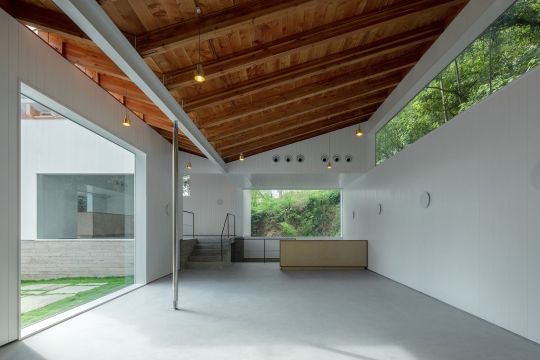
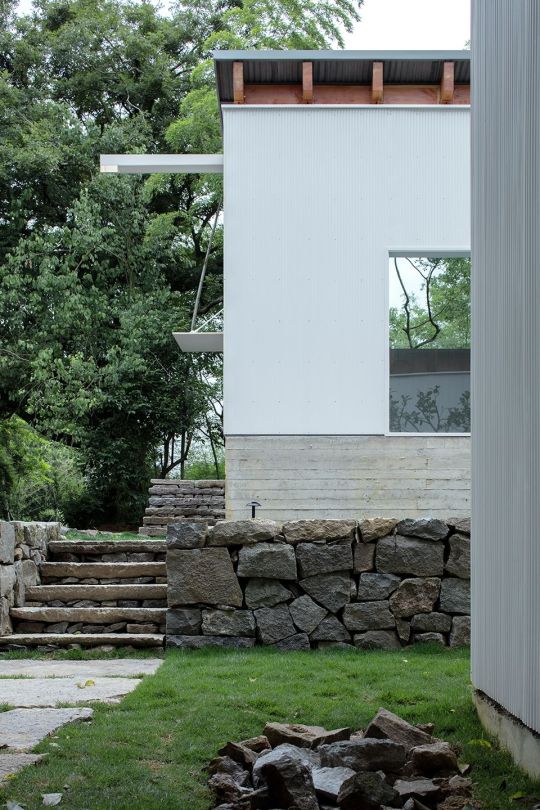

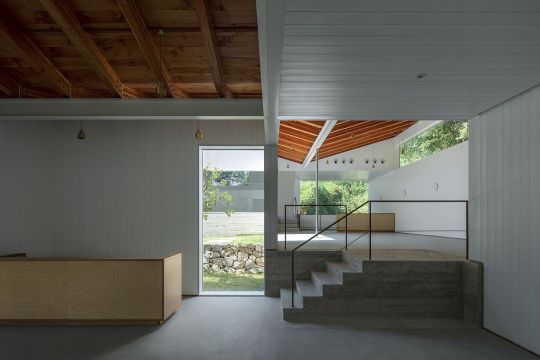
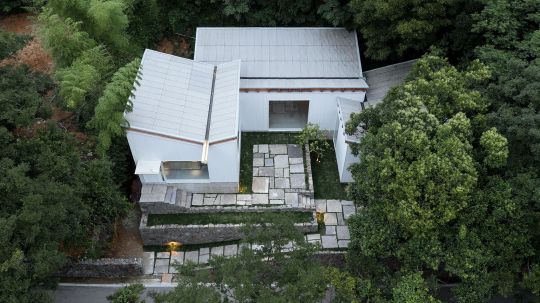
3 terraces | reception ~ continuation studio | photos: © xiazhi pictures
183 notes
·
View notes
Photo

Austin Modern Pool
An illustration of a large, rectangular, minimalist hot tub in a backyard with decking
0 notes
Text
How Roofing Systems Drain Water
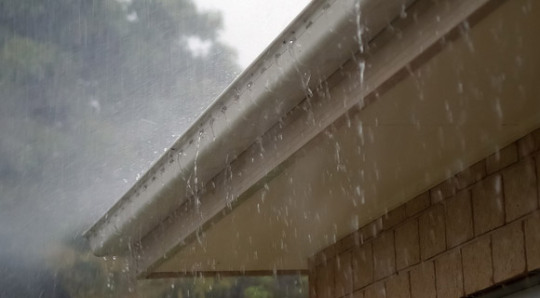
Avoid costly water damage from your roofing system’s inability to shed rainwater. Understanding how a roof sheds rainwater will help you determine what to install or repair to prevent leaks and costly water damages.

New Image Roofing Atlanta gathered information on how low-slope (flat) and steep-sloped roofing systems are engineered to shed rainwater.
Low-Slope Roofing System Water Drainage
Low-slope roofing systems, common in commercial and industrial buildings, present unique challenges when addressing water drainage. Unlike steep-slope roofs that allow water to naturally flow down and off the roof, low-slope roofs require a more intentional approach to prevent ponding while ensuring drainage.
Note: Low-slope roofing can be EPDM, TPO, PVC, or BUR systems.
Gravitational Flow and Slope Design
Successful water drainage on low-slope roofing systems relies in gravitational flow. While these roofs have a slight incline, it is not as steep as in residential roofing systems.
Low-slope roofs are designed to combat water accumulation challenges, with a subtle slope to guide water toward drainage points.
A roof’s slope is carefully calculated during the design phase, ensuring water flows efficiently toward designated areas where drains, scuppers, and gutters are placed strategically. This intentional slope is critical in preventing pooling water (ponding), as ponding leads to structural damage, leaks, and accelerated wear on the roofing material.
Roof Drains, Scuppers, and Gutters
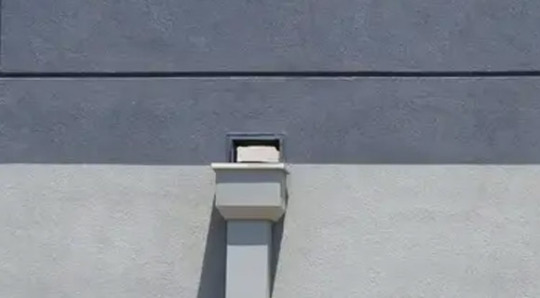
Roof drains, scuppers, and gutters are the most common and cost-effective drainage solution for flat roofs. These components catch and direct rainwater as it rolls off the roof’s edge and divert the water into downspouts that dispense it at a safe distance from the foundation of the building. Consider the following:
Roof drains are essential components of low-slope roofing systems. These drains are typically installed at the lowest points of the roof to collect and funnel water away. They connect to a network of pipes that direct the water down and away from the building’s foundation.
Scuppers are openings along the edges of the roof’s parapet walls that allow water to drain into a downspout or directly off the roof. They act as overflow channels during heavy rainfall or when debris blocks primary drainage points.
Gutters are crucial in low-slope roofing systems as they channel water from the roof’s surface to downspouts. Regular maintenance (like keeping gutters clear of debris) is fundamental in preventing water blockages.
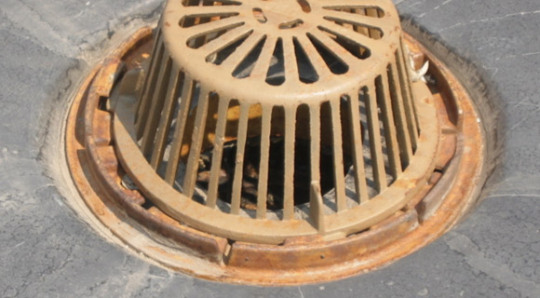
Note: Drains running through a building or structure (internal drains) are serviced by a plumber when they experience blockages.
Residential Shingle Roofing Systems

Residential shingle roofing systems with steeper slopes leverage gravity and the roofing materials’ natural properties to channel water efficiently. From asphalt to metal shingles, these systems shed water swiftly, preventing leaks and protecting the underlying structure.
Roof Slope and Gravity
The steep slope of residential shingle roofing systems is fundamental in their ability to shed water effectively. Gravity plays a significant role, pulling water downward and away from the roof’s surface. The slope’s angle, often significantly steeper than low-slope roofs, facilitates quick and efficient drainage.
The roof pitch is carefully calculated during the design phase to ensure optimal water shedding. While the primary purpose of this slope is to encourage water runoff, it naturally contributes to the structure’s aesthetic appeal, influencing its architectural style.
Visit this YouTube channel for informative roofing videos.
Overlapping Shingles and Surface Tension
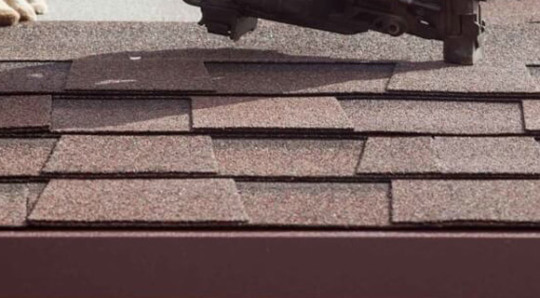
The materials used in residential shingle roofing systems are selected for their durability and ability to shed water. These shingles overlap, creating a seamless barrier that prevents water from infiltrating the roof.
Surface tension, the cohesive property of water molecules, aids in shedding water. As rainwater flows down the roof, it adheres to the shingle surface. The overlapping design encourages the water to travel downward, preventing it from seeping between the shingles and compromising the roof’s integrity.
Note: Exposed nails may sometimes provide additional reinforcement. When said nails are not sealed properly, they may begin to back out, allowing water infiltration and costly damages.
Tip: Read more about residential sloped roofing systems at newimageroofingatlanta.com/residential-roofing-what-you-need-to-know/
Eaves, Flashing, Drip Edges, Gutters, and Downspouts
Collecting rain water and carrying it away from your home’s walls and foundation is the roof’s drainage system (eaves, flashing, drip edges, gutters, and downspouts). This system prevents soil erosion and foundation damage. Consider the following sloped roof drainage components:
Eaves – Eaves (the roof’s edges that overhang the exterior walls), play a crucial role in water drainage. They provide additional protection by preventing water from running down the walls and causing severe damage. Eaves also contribute to the roof’s aesthetic appeal, defining its silhouette.
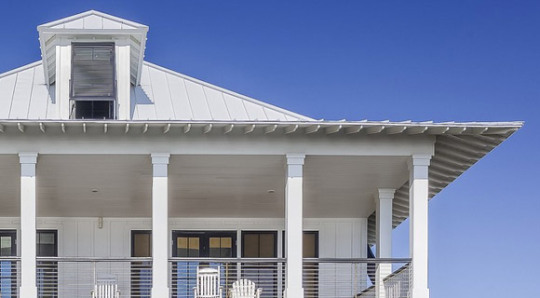
Flashing – Flashing (typically metal) is strategically installed in vulnerable areas like roof valleys, chimneys, vents, and other penetrations. Flashing acts as a water-resistant barrier, directing water away from these critical points and preventing leaks.
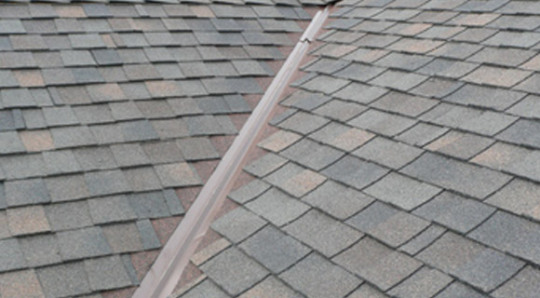
Drip Edges – Drip edges, installed along the outer edges of the roof, guide water into the gutters and away from the fascia. They protect the underlying structure from water damage and help prevent issues like wood rot.

Gutter Systems – Gutters and downspouts play a vital role in roofing systems by channeling water from the roof and away from the foundation. Regular maintenance (including keeping gutters clear of debris) is fundamental to prevent blockages that interrupt water flow.
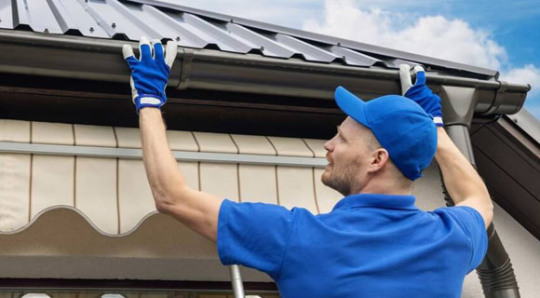
Note: Gutters and downspouts must be properly sized to accommodate water runoff volume. If a structure’s gutters are too small, they overflow when heavy rain falls.
Tip: A maintenance plan can help detect and correct drainage issues in their infancy before developing into costly damages.
Roof Drainage Systems
In this article, you discovered how roofing systems drain rainwater and the components that efficiently divert the runoff from the structure, preventing water damage.
Knowing how a roofing system sheds rainwater will enable you to make informed decisions when installing, maintaining, or repairing your residential or commercial roofing system.
Ignoring your roof’s drainage system can lead to leaks, costly water damages, and challenging structural repairs.
Sources:
nps.gov/crps/tps/roofdown/connections.htm
ctahr.hawaii.edu/wq/publications/Final_FactSheets/RoofRunoff558.pdf
nachi.org/roof-drainage-systems-part1-23.htm
nachi.org/roof-drainage-systems-part2-24.htm
New Image Roofing Atlanta
2020 Howell Mill Rd NW Suite 232
Atlanta, GA30318
(404) 680-0041
To see the original version of this article, visit https://www.newimageroofingatlanta.com/how-roofing-systems-drain-water/
#Atlanta Residential Roofer#Residential Roofing#Roof Repair#Downspouts#Scuppers#Roof Gutters#Residential Roofing Companies In Atlanta Georgia
0 notes
Text
Exterior - Modern Exterior
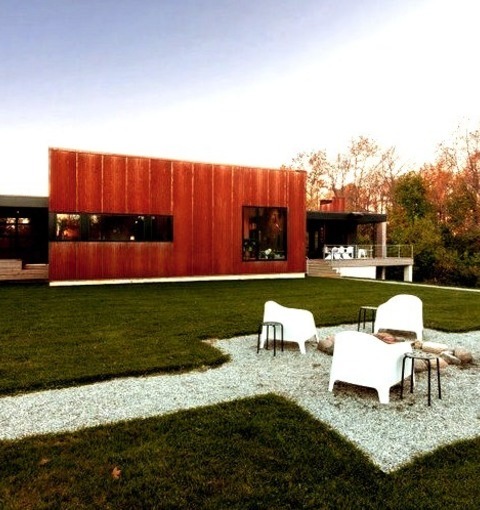
Example of a small minimalist orange one-story metal house exterior design with a shed roof and a metal roof
0 notes
Photo

Mediterranean Pool - Pool
Large tuscan backyard stone and custom-shaped lap pool fountain photo
0 notes
Photo

Natural Pool
Inspiration for a sizable contemporary backyard tile renovation and specially shaped natural pool
0 notes
Photo
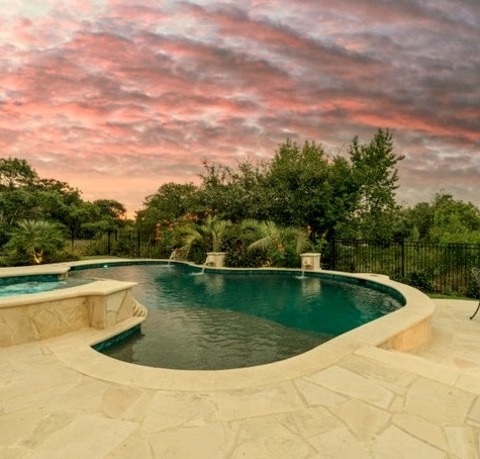
Natural Pool
Large traditional backyard natural swimming pool design with decking
0 notes
Text
Exterior - Modern Exterior
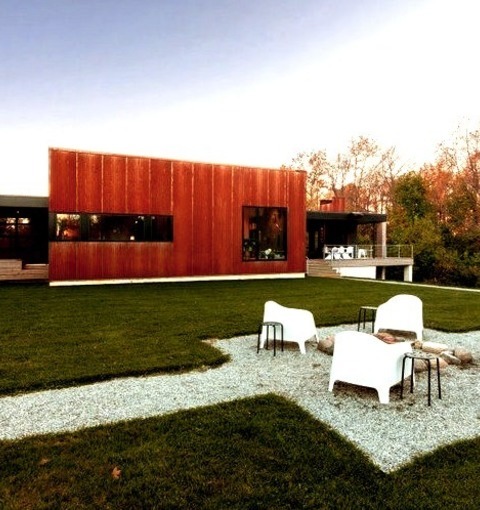
Example of a small minimalist orange one-story metal house exterior design with a shed roof and a metal roof
0 notes
Text
Modern Pool - Infinity

Inspiration for a huge modern backyard rectangular infinity hot tub remodel with decking
0 notes
Text
Pool Natural
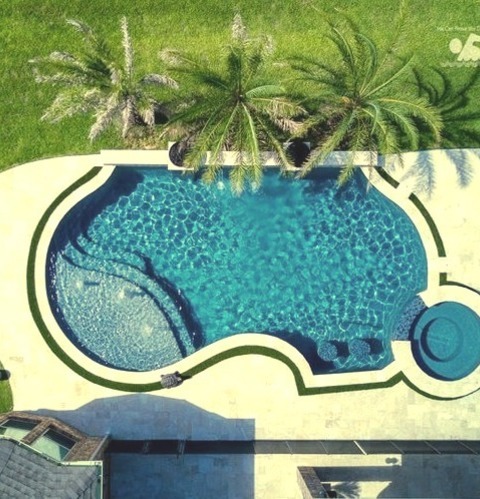
Inspiration for a large modern backyard tile and custom-shaped natural pool remodel
0 notes
Photo
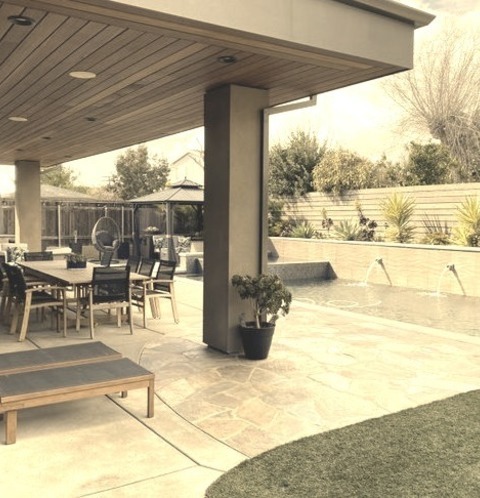
Contemporary Pool - Pool
Pool landscaping: idea for a sizable modern infinity pool in a rectangular backyard.
0 notes
Photo

Denver Contemporary Patio
Large contemporary backyard concrete patio fountain idea for the patio fountain
0 notes
Photo

Austin Infinity Pool
A large, modern, rectangular infinity hot tub in a backyard with decking
0 notes
Photo

Natural Pool
Inspiration for a sizable contemporary backyard tile renovation and specially shaped natural pool
0 notes
Text
Infinity Pool
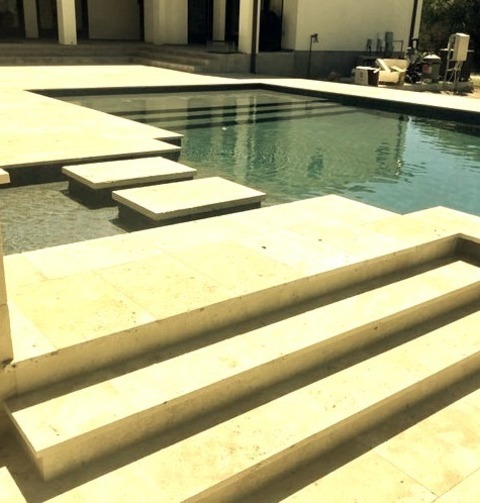
Hot tub - huge modern backyard rectangular infinity hot tub idea with decking
1 note
·
View note
Photo

Traditional Pool - Pool
Picture of a small, elegant backyard with a rectangular hot tub
1 note
·
View note